Affiliate links on Android Authority may earn us a commission. Learn more.
Samsung Galaxy S8 vs the competition
The new Samsung Galaxy S8 and Galaxy S8 Plus have been unveiled today, and, as you would expect, they’re packing some of the company’s best hardware yet. Of course, competition remains fierce in the Android ecosystem, and we’ve already had a number of flagship smartphone announcements this year which are all boasting improvements over last year’s models. So let’s find out which is best, at least on paper.
For today’s comparison we’ve picked the latest and greatest flagships from some of Android’s most renowned manufacturers. We have the new LG G6, HTC U Ultra, HUAWEI P10 Plus, and Sony’s Xperia XZ Premium to go head to head with the upcoming Galaxy S8.
| Galaxy S8 / S8 Plus | LG G6 | Xperia XZ Premium | HUAWEI P10 Plus | HTC U Ultra | |
|---|---|---|---|---|---|
Display | Galaxy S8 / S8 Plus 5.8-inch / 6.2-inch QHD+ AMOLED (2960x1440) | LG G6 5.7-inch QHD+ LCD (2880x1440) | Xperia XZ Premium 5.5-inch 4K LCD (3840x2160) | HUAWEI P10 Plus 5.5-inch QHD LCD (2560x1440) | HTC U Ultra 5.7-inch QHD LCD (2560x1440) |
SoC | Galaxy S8 / S8 Plus Snapdragon 835 or Exynos 8895 | LG G6 Snapdragon 821 | Xperia XZ Premium Snapdragon 835 | HUAWEI P10 Plus HiSilicon Kirin 960 | HTC U Ultra Snapdragon 821 |
CPU | Galaxy S8 / S8 Plus 4x 2.4 GHz Kryo 280 + 4x 1.7 GHz Kryo 280 or 4x 2.4 GHz Samsung M2 + 4x 1.7 GHz Cortex-A53 | LG G6 2x 2.35 GHz Kryo + 2x 1.6 GHz Kryo | Xperia XZ Premium 4x 2.45 GHz Kryo 280 + 4x 1.9 GHz Kryo 280 | HUAWEI P10 Plus 4x 2.4 GHz Cortex-A73 + 4x 1.8 GHz Cortex-A53 | HTC U Ultra 2x 2.15 GHz Kryo + 2x 1.6 GHz Kryo |
GPU | Galaxy S8 / S8 Plus Adreno 540 or Mali-G71 MP20 | LG G6 Adreno 530 | Xperia XZ Premium Adreno 540 | HUAWEI P10 Plus Mali-G71 MP8 | HTC U Ultra Adreno 530 |
RAM | Galaxy S8 / S8 Plus 4 GB | LG G6 4 GB | Xperia XZ Premium 4 GB | HUAWEI P10 Plus 4 / 6 GB | HTC U Ultra 4 GB |
Storage | Galaxy S8 / S8 Plus 64 GB | LG G6 32 / 64 GB | Xperia XZ Premium 64 GB | HUAWEI P10 Plus 64 / 128GB | HTC U Ultra 64 / 128 GB |
MicroSD | Galaxy S8 / S8 Plus Yes | LG G6 Yes | Xperia XZ Premium Yes | HUAWEI P10 Plus Yes | HTC U Ultra Yes |
Performance
Right off the bat, one of the major features and talking points about the Galaxy S8 and S8 Plus is the introduction of Qualcomm’s latest high performance Snapdragon 835 mobile platform. The Galaxy S8 will be the first product to market with this new SoC, followed by Sony’s Xperia XZ Premium which has also been announced with the new chip. Other recently announced handsets from LG and HTCare using last year’s Snapdragon 821, a fine chip I should add, while HUAWEI is making the most of its latest HiSilicon Kirin 960.
The Galaxy S8 offers a 10% improvement to CPU performance and a more impressive 21% gain in GPU scenarios. While this makes it a top performer, it's perhaps not the huge jump some had expected.
Samsung will also be launching some of its S8 models with its in-house Exynos 8895 processor, which is expected to closely match the new Snapdragon for performance. The point of note with both of these new chips is the move down to a 10nm manufacturing process, which will improve energy efficiency and performance, along with some more notable boosts to graphics performance. Samsung states that its Galaxy S8 offers up a typical 10 percent improvement to CPU performance and a more impressive 21 percent gain in GPU scenarios over its last handset.
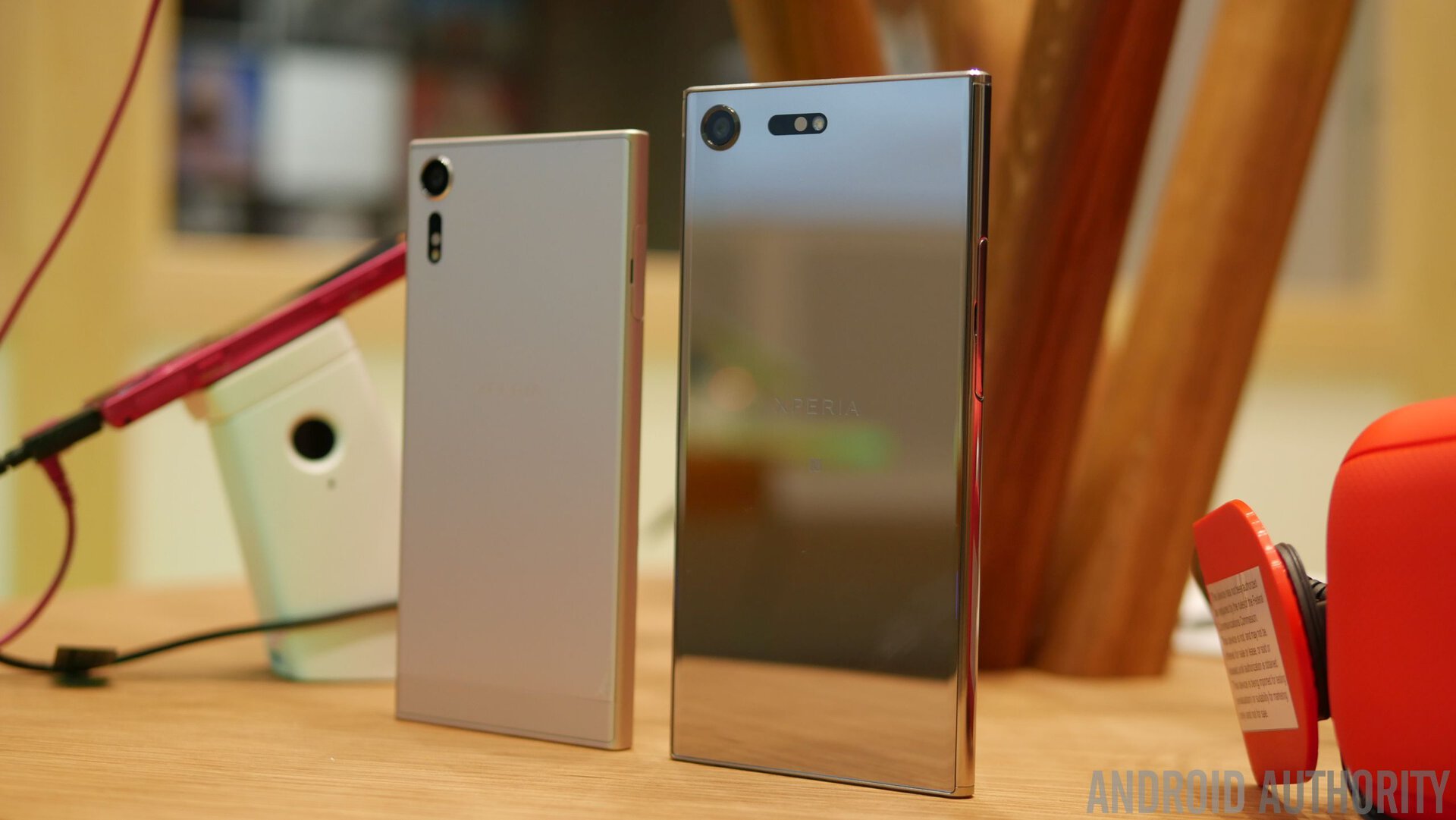
If you’re after the very best performance available, then the Galaxy S8 and Xperia XZ Premium are going to be the two handsets currently on your radar. Other manufacturers will be announcing their own Snapdragon 835 powered flagships later in the year. Although it must be said that a 10 percent improvement in CPU performance isn’t going to make the world of difference to most consumers, and the Snapdragon 821 is certainly no slouch.
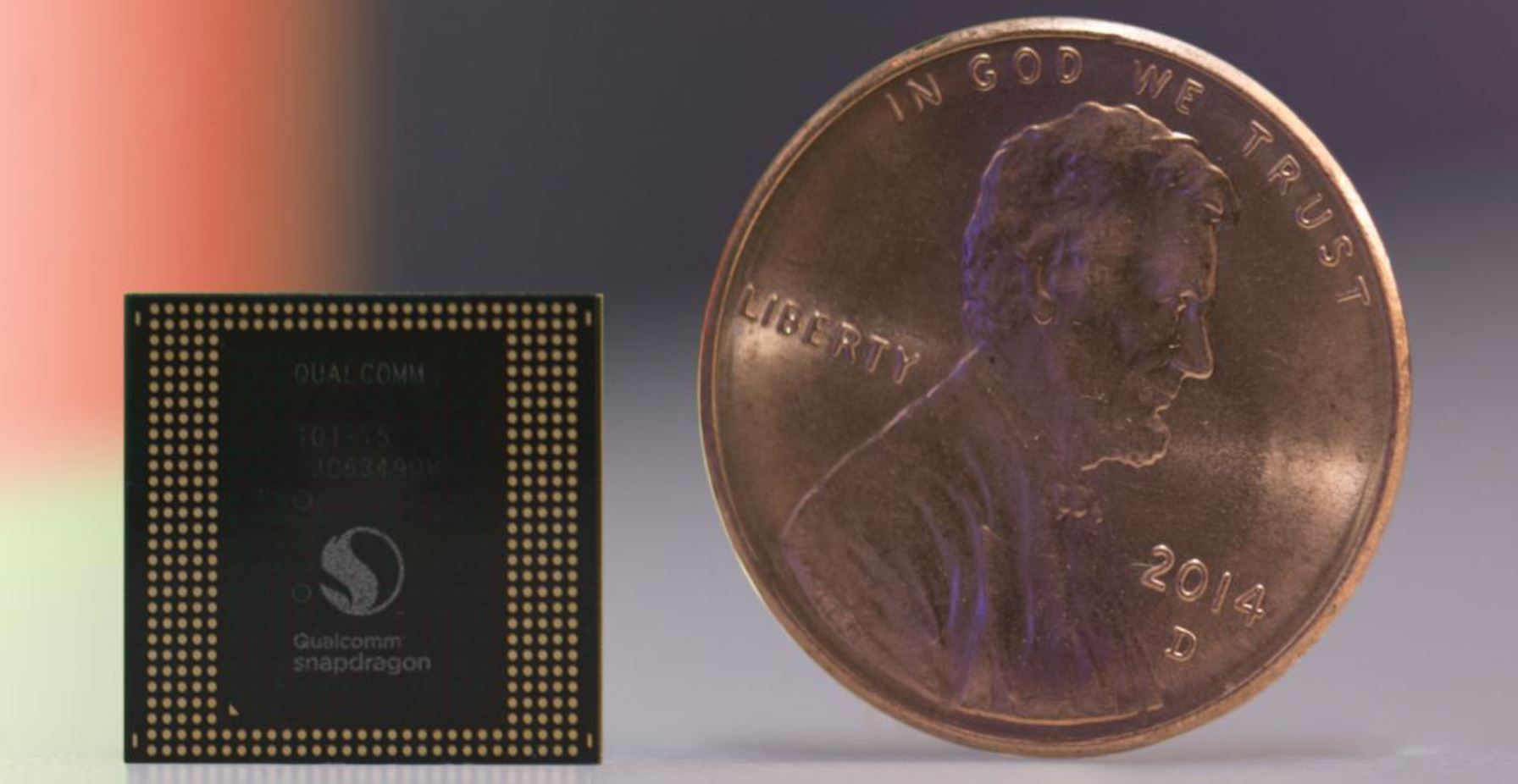
Display
The other instantly notable entry on the spec sheet is the new handset’s 2,960 x 1,440 display resolution, which Samsung is calling QHD+. QHD (2,560 x 1,440) resolution is already more than sufficient for display sizes between the 5.5 and 6.5-inch mark, so we aren’t anticipating a notable boost to image clarity with this new display resolution. After all, Sony’s 4K display is rather wasted in this limited form factor.
Instead, Samsung has moved over to a 18.5:9 aspect ratio, much like LG’s G6, which now features a 18:9 aspect ratio. This change is here to support future media content that will move over to this 2:1 aspect ratio in future. The slightly longer display also lends itself a little more nicely to stacking multi-windows on top of one another.
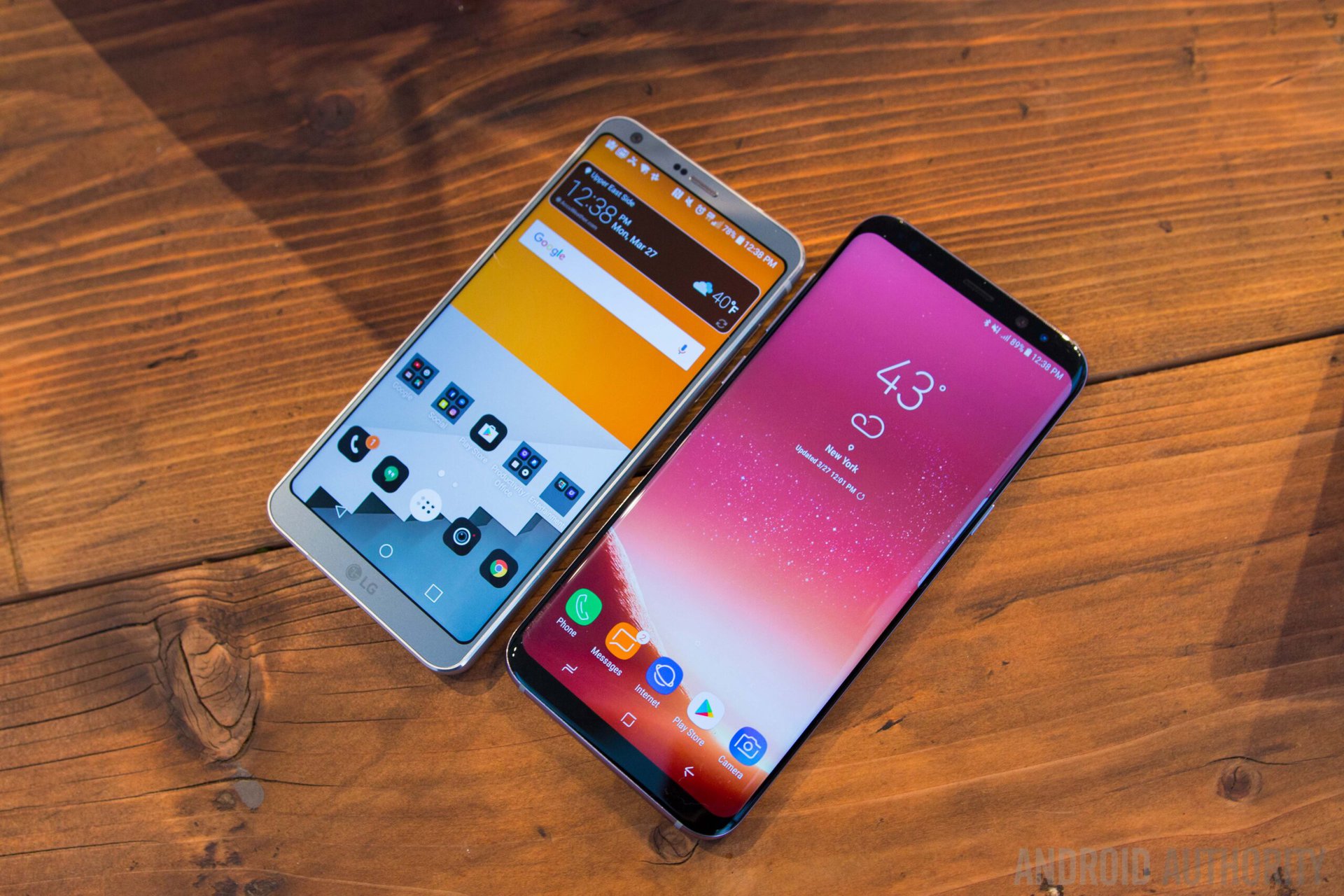
Samsung is also boasting that its latest AMOLED panel is HDR compatible, just like the Galaxy Note 7. This means that the handset’s display offers up high contrast, peak brightness, and wide color gamut that goes above that available from a regular display. This isn’t an exclusive feature to Samsung though, both LG’s and Sony’s latest phones have HDR capable displays as well. Furthermore, you’re going to want a selection of HDR-ready media in order to make the most of this display technology, and that is currently in rather short supply.
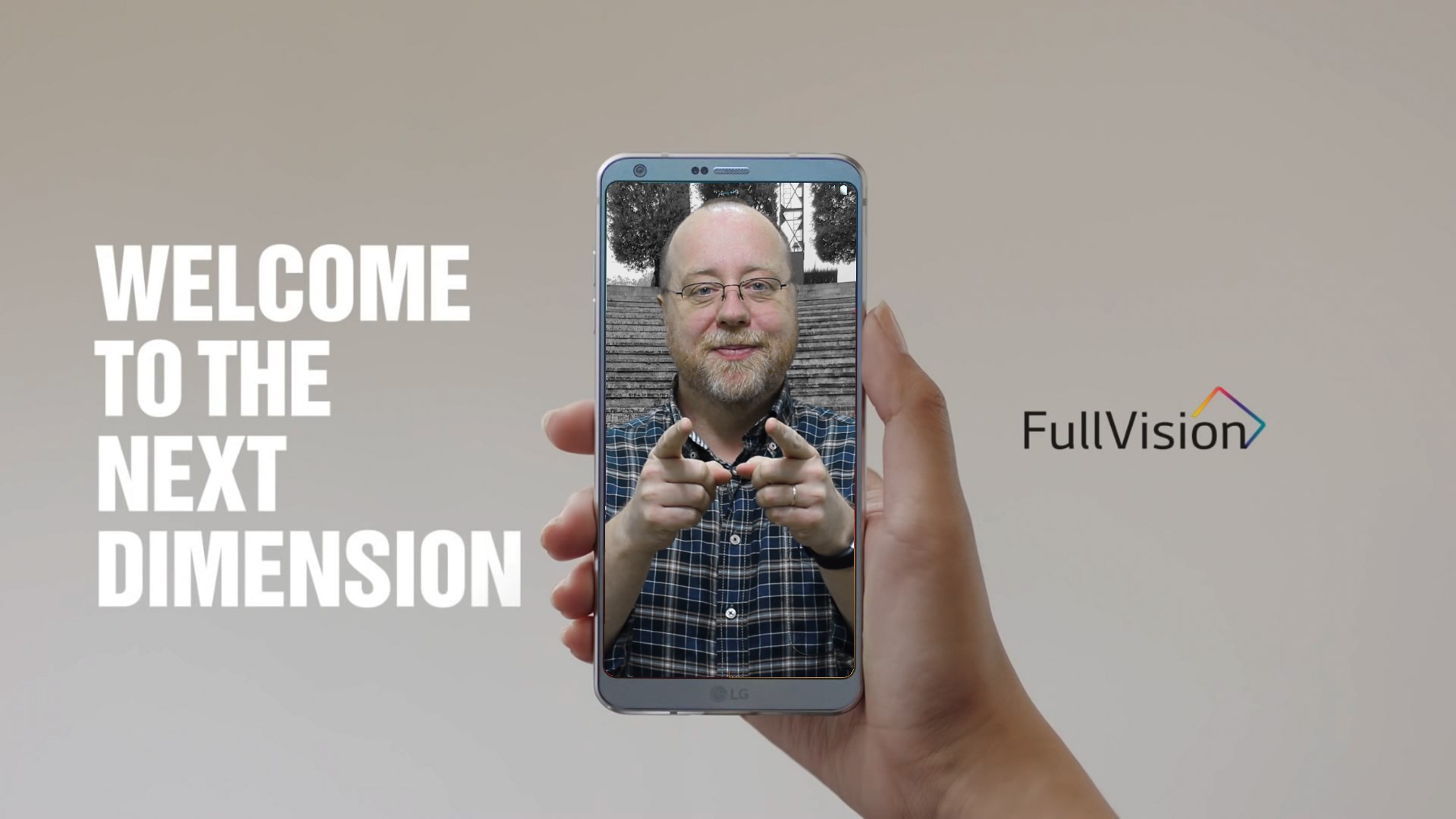
RAM and ROM
Quickly looking at the memory options inside today’s flagships, 4 GB of LPDDR4 RAM and 64 GB of internal flash memory is the norm and you’ll find these options across all of the phones in our list (although the G6 also comes in a 32 GB version). Samsung hasn’t seen the need to increase the RAM capacity from last year’s Galaxy S7, which is probably the right call when it comes to weighing up the costs versus performance benefits.
| Galaxy S8 / S8 Plus | LG G6 | Xperia XZ Premium | HUAWEI P10 Plus | HTC U Ultra | |
|---|---|---|---|---|---|
Cameras | Galaxy S8 / S8 Plus 12 MP f/1.7 rear with PDAF and OIS 8 MP f/1.7 front | LG G6 Dual 13 MP f/2.4 & f/1.8 rear with OIS 5 MP f/2.2 front | Xperia XZ Premium 19 MP rear with OIS and PDAF 13 MP front | HUAWEI P10 Plus Dual 12 & 20 MP f/1.8 rear with OIS and PDAF 8 MP front | HTC U Ultra 12 MP f/1.8 rear with OIS, PDAF and laser AF 16 MP front |
Battery | Galaxy S8 / S8 Plus 3,000 / 3,500 mAh | LG G6 3,300 mAh | Xperia XZ Premium 3,230 mAh | HUAWEI P10 Plus 3,750 mAh | HTC U Ultra 3,000 mAh |
NFC | Galaxy S8 / S8 Plus Yes | LG G6 Yes | Xperia XZ Premium Yes | HUAWEI P10 Plus Yes | HTC U Ultra Yes |
Fingerprint | Galaxy S8 / S8 Plus Yes | LG G6 Yes | Xperia XZ Premium Yes (No in US) | HUAWEI P10 Plus Yes | HTC U Ultra Yes |
Fast Charge | Galaxy S8 / S8 Plus Yes | LG G6 Quick Charge 3.0 | Xperia XZ Premium Quick Charge 3.0 / Qnovo Adaptive Charge | HUAWEI P10 Plus SuperCharge | HTC U Ultra Quick Charge 3.0 |
IP Rating | Galaxy S8 / S8 Plus IP68 | LG G6 IP68 | Xperia XZ Premium IP68 | HUAWEI P10 Plus No | HTC U Ultra No |
3.5mm audio | Galaxy S8 / S8 Plus Yes | LG G6 Yes | Xperia XZ Premium Yes | HUAWEI P10 Plus Yes | HTC U Ultra No |
Extras | Galaxy S8 / S8 Plus USB Type-C, Bixby, Facial Recognition Wireless Charging, Samsung Pay, HDR display | LG G6 USB Type-C, Wireless Charging, HDR Display, Hi Res audio | Xperia XZ Premium USB Type-C, Hi Res audio, HDR Display | HUAWEI P10 Plus USB Type-C, Hi Res audio | HTC U Ultra USB Type-C, Boomsound, Hi Res audio, HTCSense Companion |
OS | Galaxy S8 / S8 Plus Android 7.0 | LG G6 Android 7.0 | Xperia XZ Premium Android 7.1 | HUAWEI P10 Plus Android 7.0 | HTC U Ultra Android 7.0 |
Camera
On to the camera front and we see a similarly reserved improvement by Samsung over last year’s model. There’s the same 12 MP, f/1.7 dual diode autofocus spec sheet for the rear sensor as last year. Instead, it’s the front facing camera that has been upgraded to an 8 MP sensor, with the same f/1.7 aperture.
Instead of a major hardware overhaul, Samsung says that it has implemented a new multi-frame image processing technique, which takes three images and combines data from two of them to improve the look of the final result. We’ll have to wait until we go properly hands on to judge the results.
Samsung’s camera technology has always been top notch, so there’s probably little incentive to mess with the formula. However, those looking for a wider range of shooting options, such wide angle shots or optical zoom technology, may find more interesting options in some of the competitors.
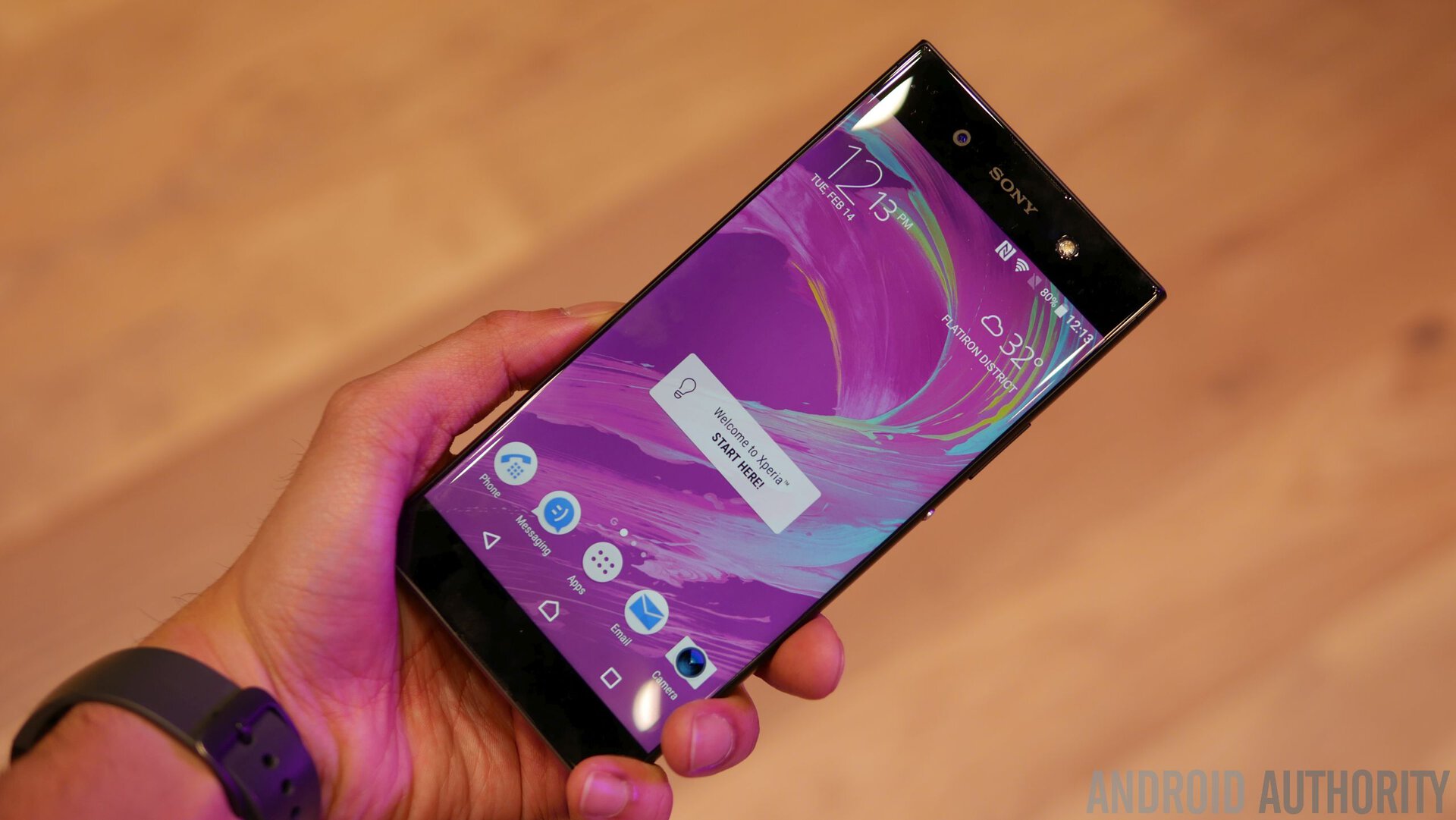
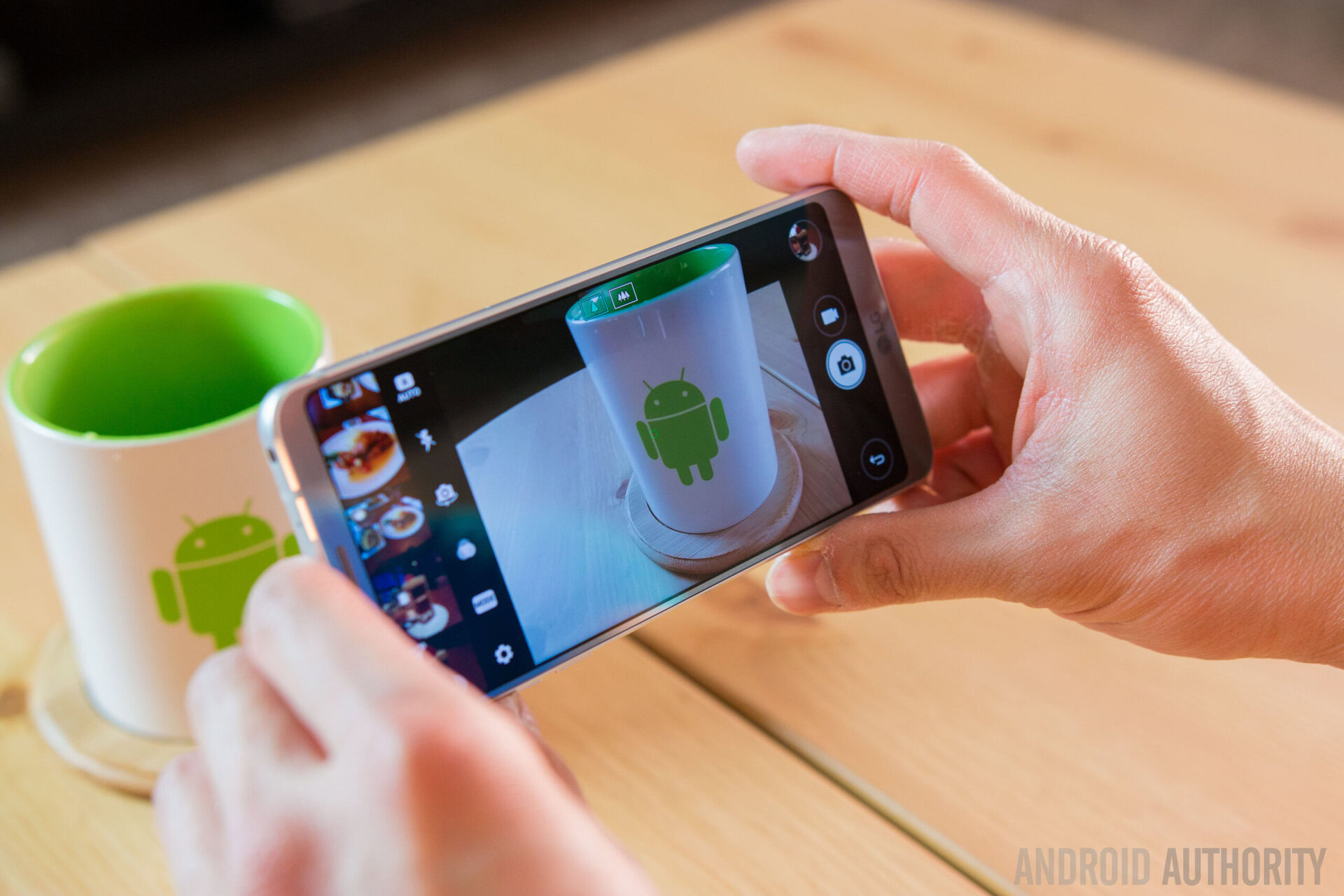
Extras
When it comes to extras, we see the most commonly used features appearing across the board. NFC, fingerprint scanners, a USB Type-C port, and fast charging technology are now common across the entire flagship tier. Support for 24-bit, and even 32-bit audio files are now also universal, although listening experiences will vary depending on the phone’s circuit layout and other components.
Only the HTCU Ultra has been bold brazen enough to ditch the 3.5mm audio jack, and unfortunately US customers won’t have access to the Xperia XZ Premium’s fingerprint scanner. That said, HTC’s BoomSound speaker technology remains one of the best, but we’ll have to have a listen before drawing any conclusions. Meanwhile, LG traded in the Quad DAC for wireless charging on the American G6.
Perhaps one key area where the Galaxy S8 disappoints is when it comes to battery capacity. Many competitors have squeezed an extra 10 percent or so into their models of a similar size.
Samsung still packs in more extra features than most though. The Galaxy S8 and S8 Plus see the introduction of facial recognition technology to unlock the phone and Samsung’s in-house Bixby virtual assistant, while also retaining the dual mode wireless charging and Samsung Pay features from previous generations.
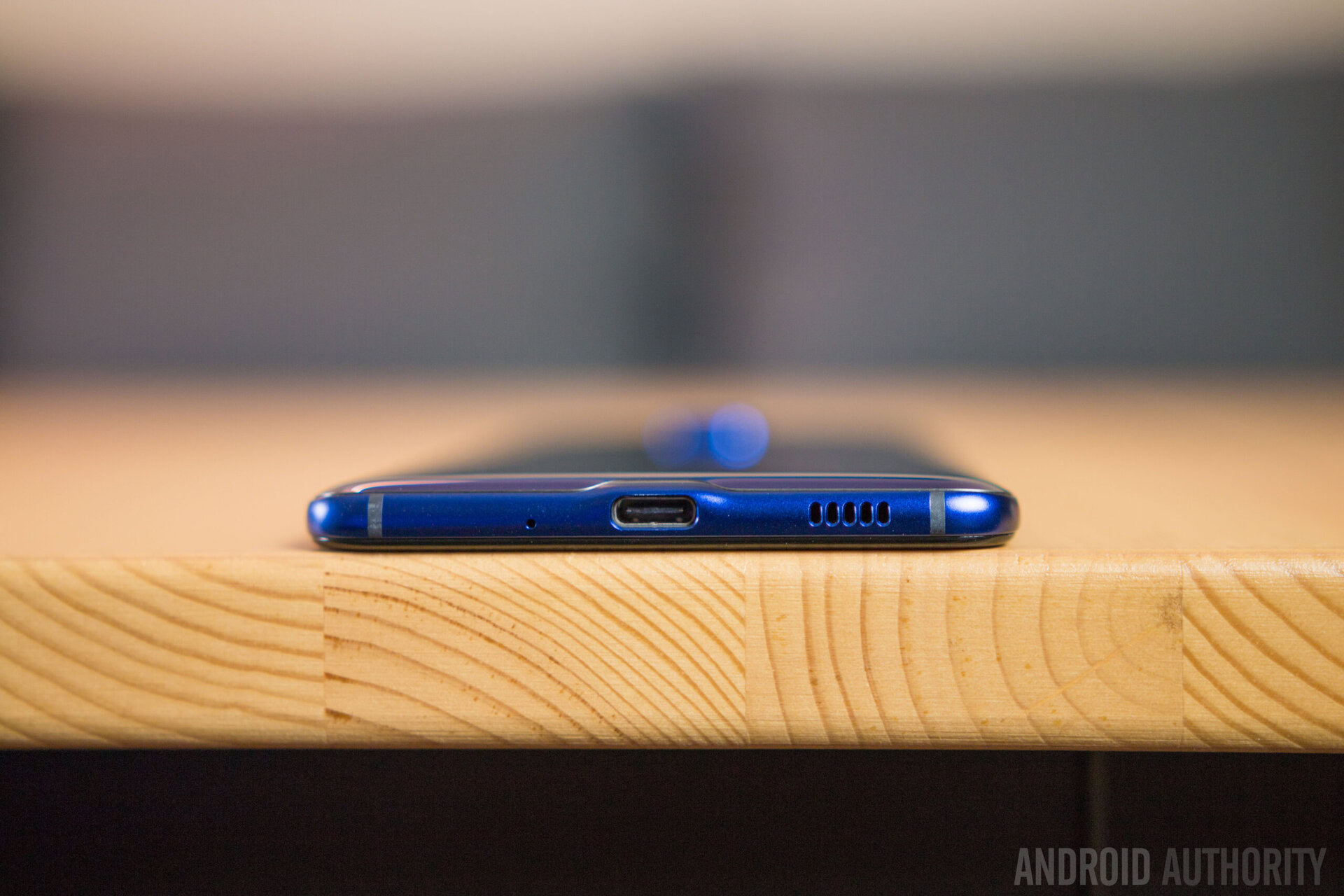
That said, the LG G6 also now offers up Qi and PMA wireless charging capabilities, and also provides the same IP68 rating against water and dust ingress that the S8 offers. If you’re looking for a water resistant phone, Sony’s latest Xperia XZ line-up offers exactly the same protection rating too. Samsung’s Galaxy S8 retains a slight advantage when it comes to extra features, providing that you’ll actually use them, but it’s a closer run race than ever already this year.
Battery
Perhaps one key area where the Galaxy S8 disappoints is when it comes to battery capacity. For phones of this size, the 5.8-inch model only has a 3,000 mAh cell, which is bumped up to 3,500 mAh in the 6.2-inch S8 Plus. While not small, most competitors seem to have squeezed an extra 10 percent or so into their models that are of a similar size. Perhaps Samsung is just playing it safe this time around.
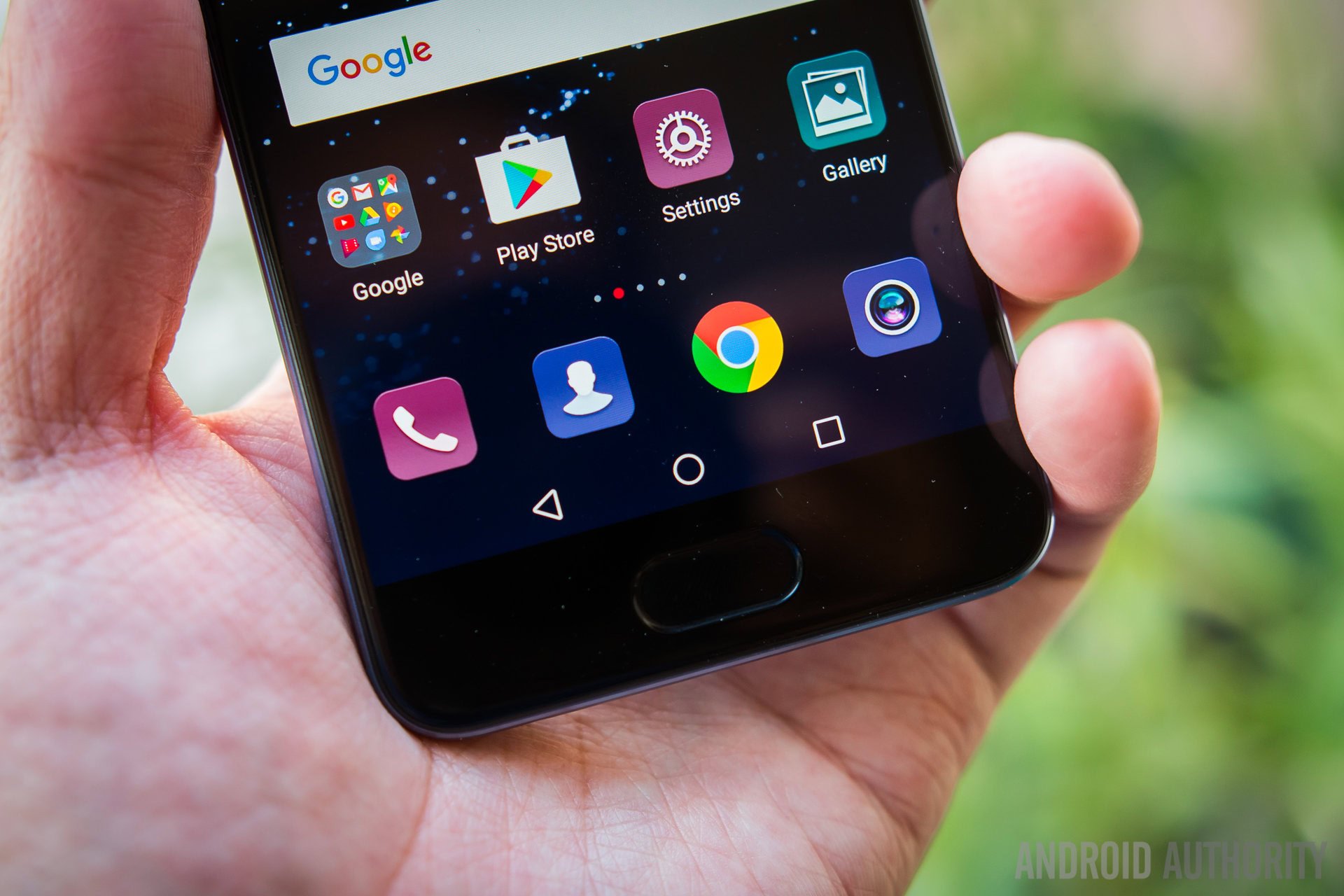
Wrap Up
As you probably expected, the Galaxy S8 offers up an assortment of safe improvements over last year’s flagship, while also trying to make up for lost ground with the absence of the Note 7. The Galaxy S8 is not a game changer and, at least from a hardware perspective, doesn’t do anything majorly innovative to shake up the smartphone market.
The Galaxy S8’s obvious selling point is its new processing hardware, but a 10 to 20 percent improvement might not be a decisive factor for everyone, as long as its competitors are priced in an appealing way. Samsung has done a lot more in terms of software, including a new UI and Bixby, but that’s beyond the scope of this comparison.
Compared with the competition, the Galaxy S8 does enough to keep its head out in front in terms of sheer feature count, but there’s a lot of crossover with its competitors this year. If you’re looking for an HDR display, IP68 rating, or even a virtual assistant, there are already some compelling choices on the market.